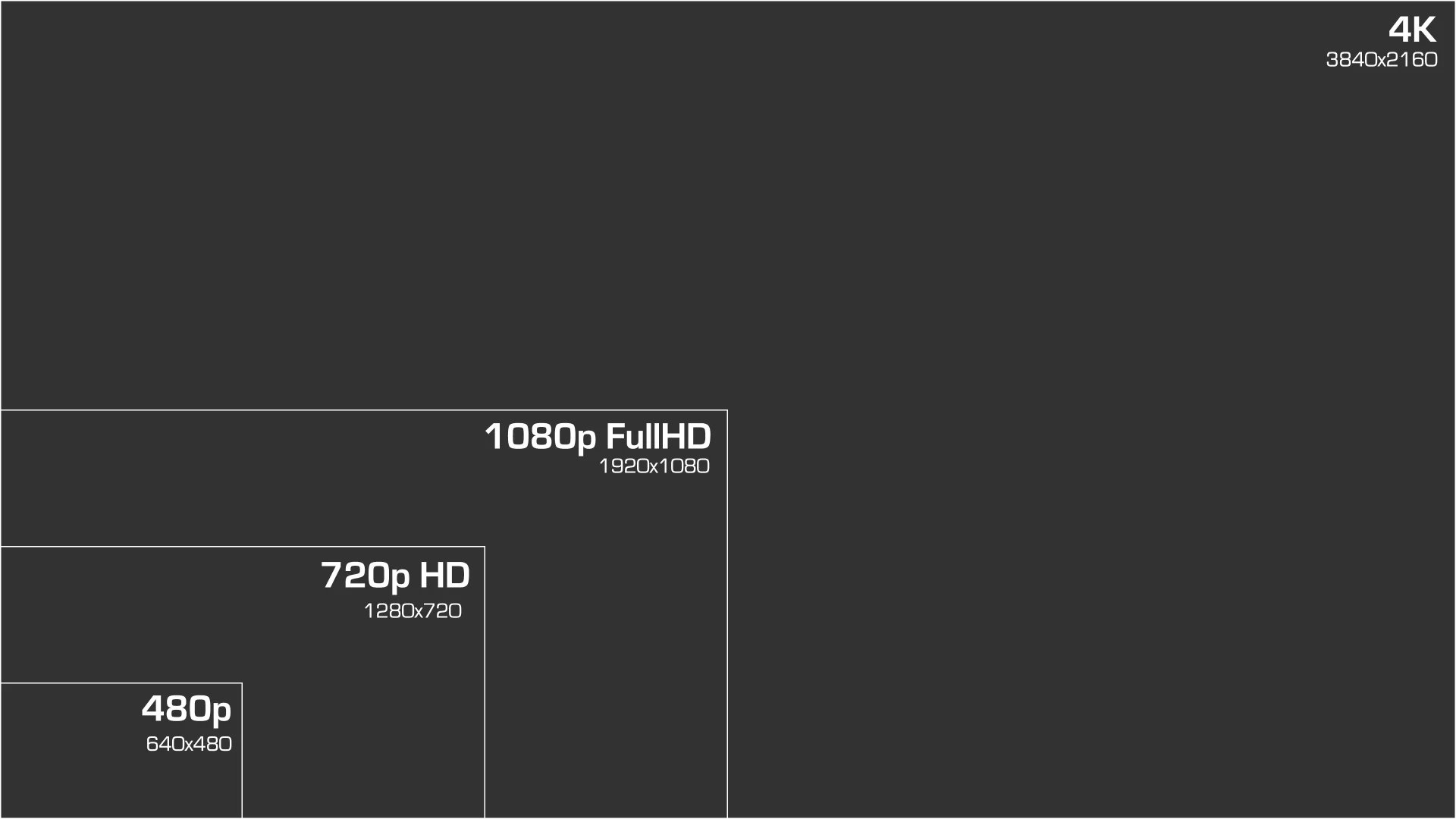Your cart is currently empty!
The best video specs for your VJ performance

Before you take your videos to a performance, it’s crucial to make sure your video settings are correct. Using the wrong settings can cause lag, poor playback, or lost visual quality. Below, we break down the most important settings for VJs.
Resolution
Video resolution determines the clarity of your visuals. Generally, more pixels mean a sharper image. However, you must also consider your hardware’s capabilities. For example, playing a 4K video (3840x2160px) on a FullHD (1920x1080px) device won’t improve quality. Instead, it will use more processing power and storage than necessary.

Framerate:
Framerate refers to how many images appear per second in your video. A higher framerate results in smoother animation.
For instance:
- 5 FPS – choppy playback
- 15 FPS – moderate smoothness
- 30 FPS – very smooth
Below is a demonstration of animation with the same duration, but with different framerates.

|

|

|
| 5 Fps | 15 Fps | 30 Fps |
Higher FPS also gives you more flexibility when speeding up or slowing down the video during a performance.
Codec
A codec compresses video files so they can be played back efficiently. Choosing the right codec is essential for live VJ performances.
The most common video codecs are
| Name | File Size | Quality | Transparency | Playback | Softwares | GPU Accelerated |
| H.264 | Small Files | Low Good | No | Resonable | All | No |
| APPLE PRO RES | Medium to large | Excellent | Yes | Good | All | No |
| DXV | Medium | Good | Yes | Excellent | Resolume | Yes |
| HAP | Medium to large | Good | Yes | Excellent | VDMX and Touchdesigner | Yes |
It is highly recommended for VJs to use DXV and HAP codec videos for their live performance.
Tip: DXV is not compatible with TouchDesigner or VDMX. Always choose the codec that matches your software.
Container:
The container holds your video and audio files. Common formats include .AVI, .MP4, and .MOV.
- Some containers support multiple codecs, while others do not.
- Changing a file’s extension (like .MP4 to .MOV) may work if the codec is supported.
Compressed packages often come as .ZIP or .RAR:
RAR – Requires additional software like WinRar, 7Zip, or The Unarchiver.
ZIP – Easily opened on Windows and macOS.
Final Tips
Experiment with settings to find the best balance between quality and performance.
Test your files before going live.
Keep backups to prevent losing important footage.
Check your hardware limits; higher resolution or framerate uses more processing power.
For high-quality VJ loops and resources to enhance your performances, check out Protoloops.
Leave a Reply